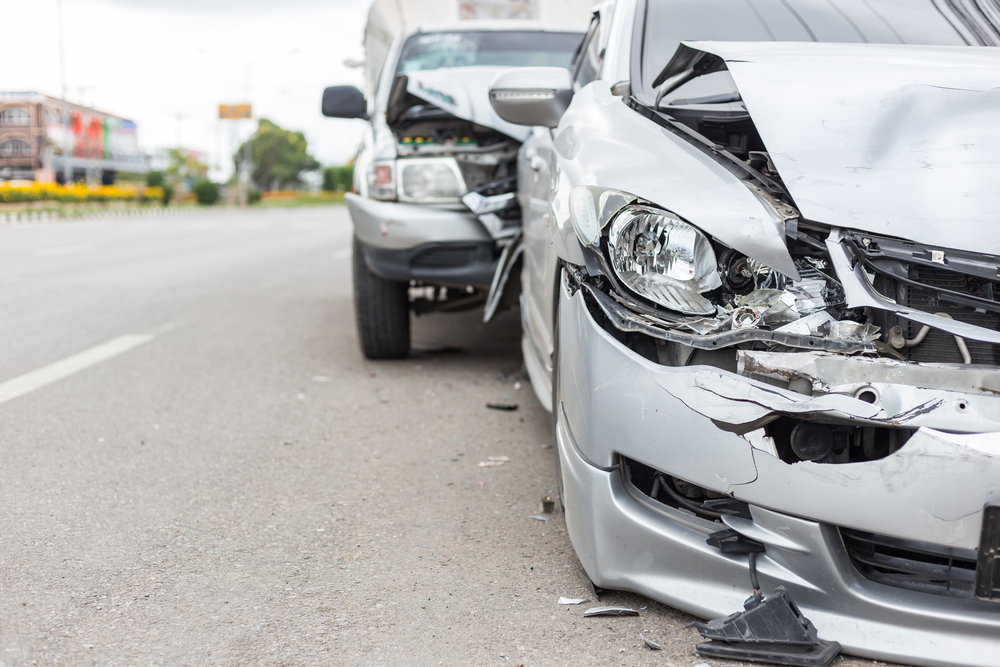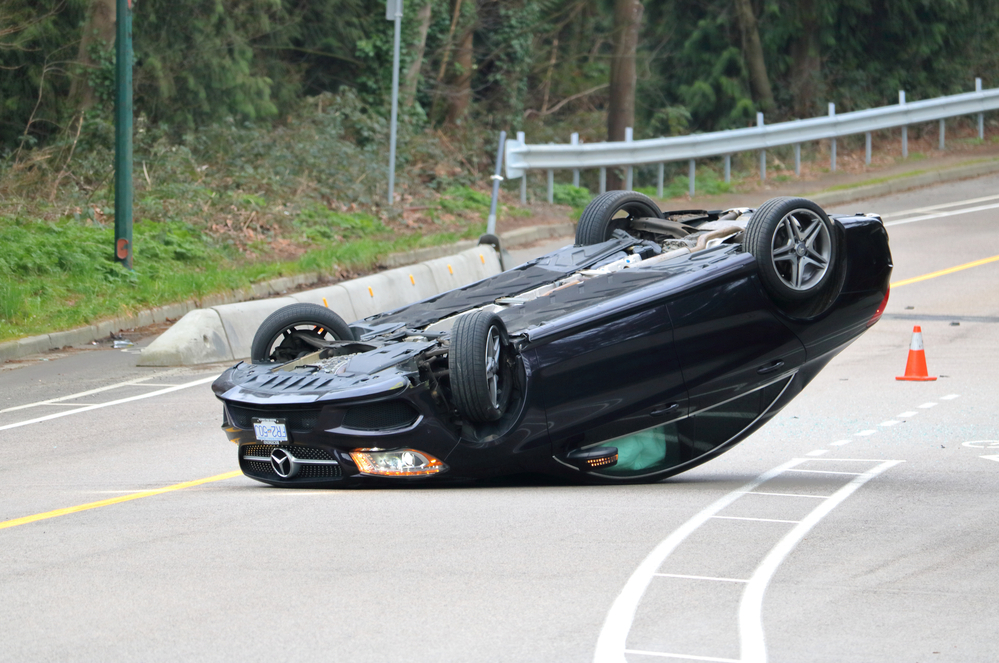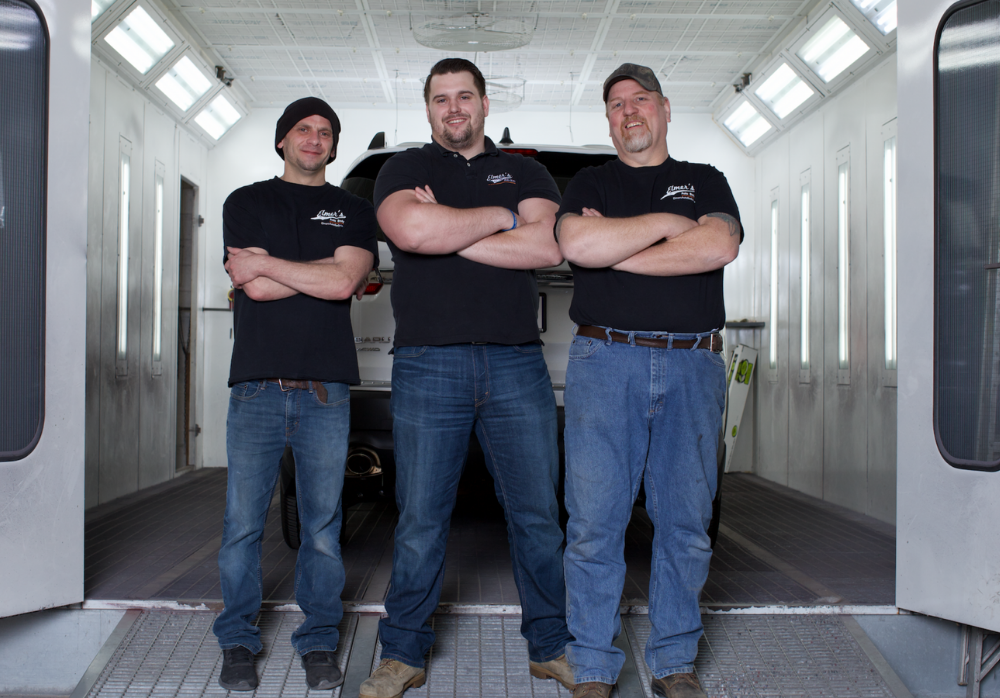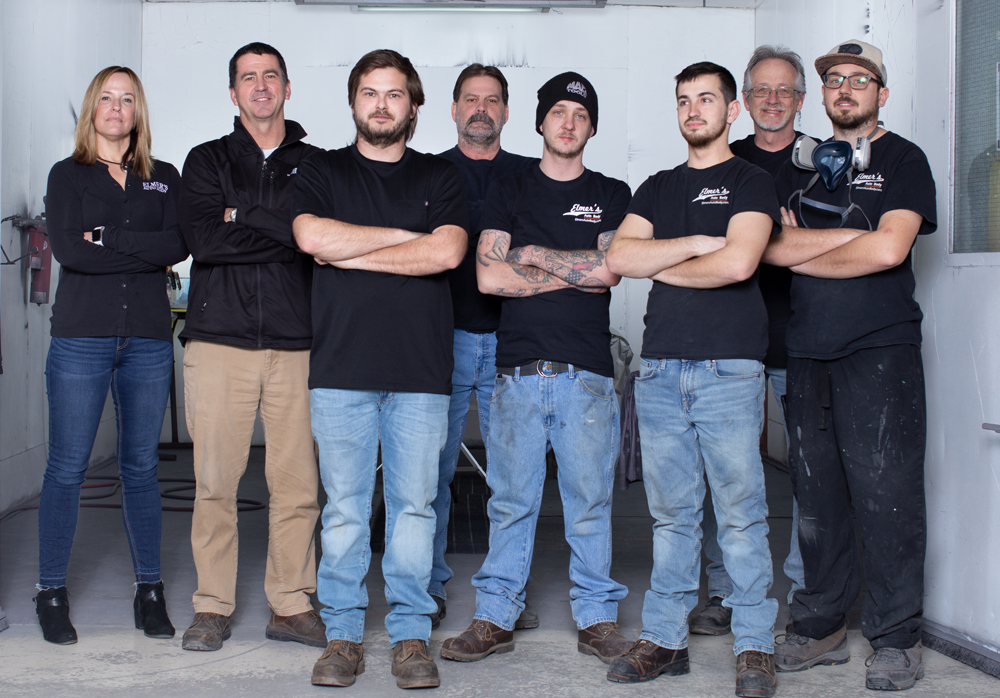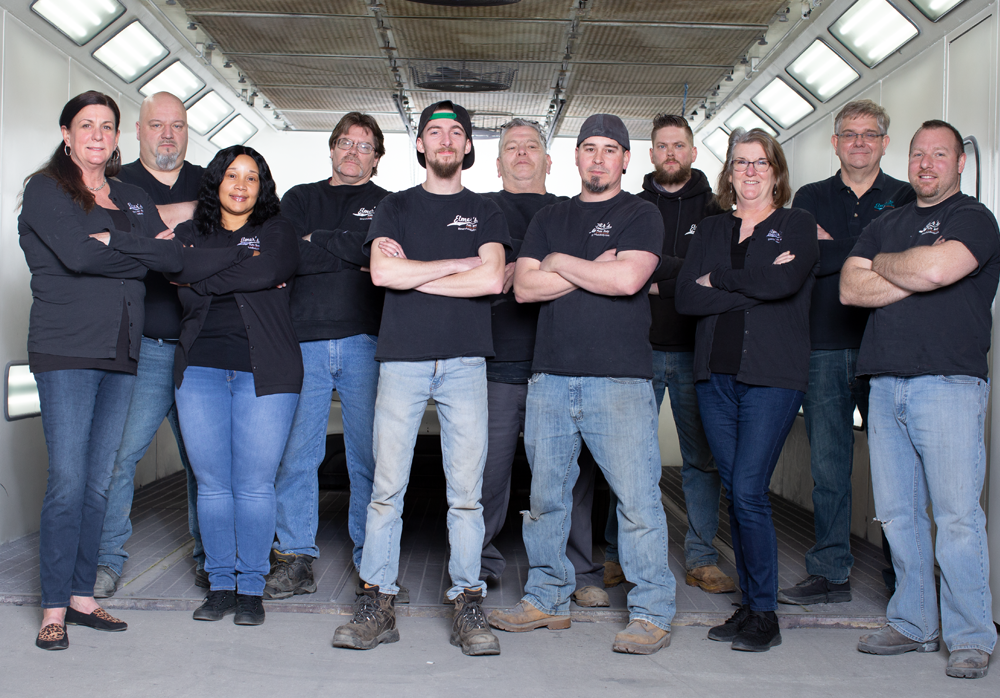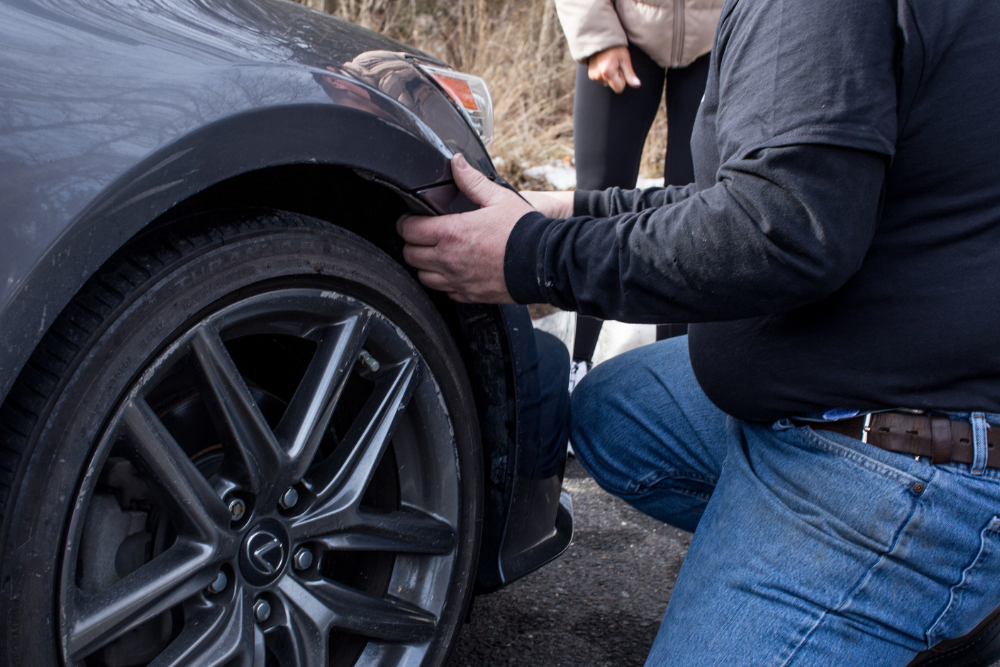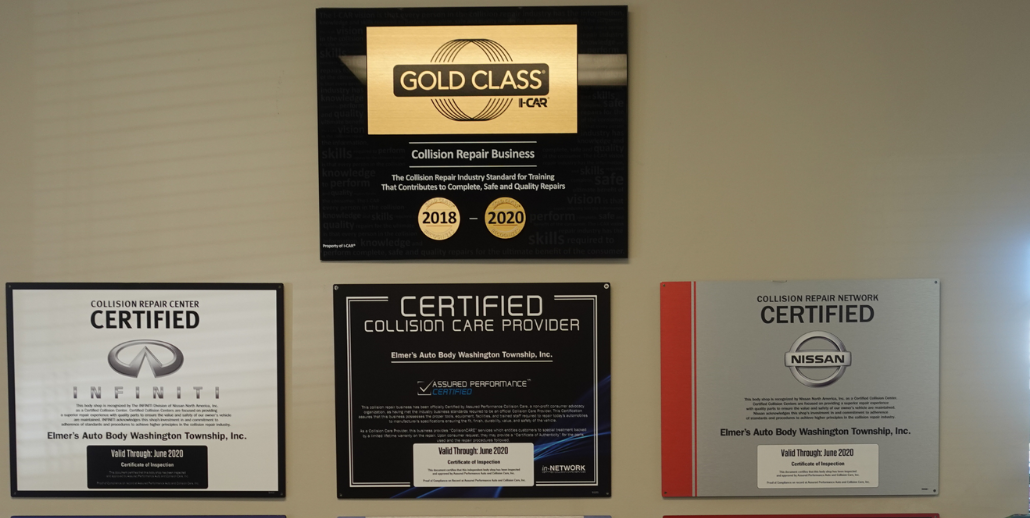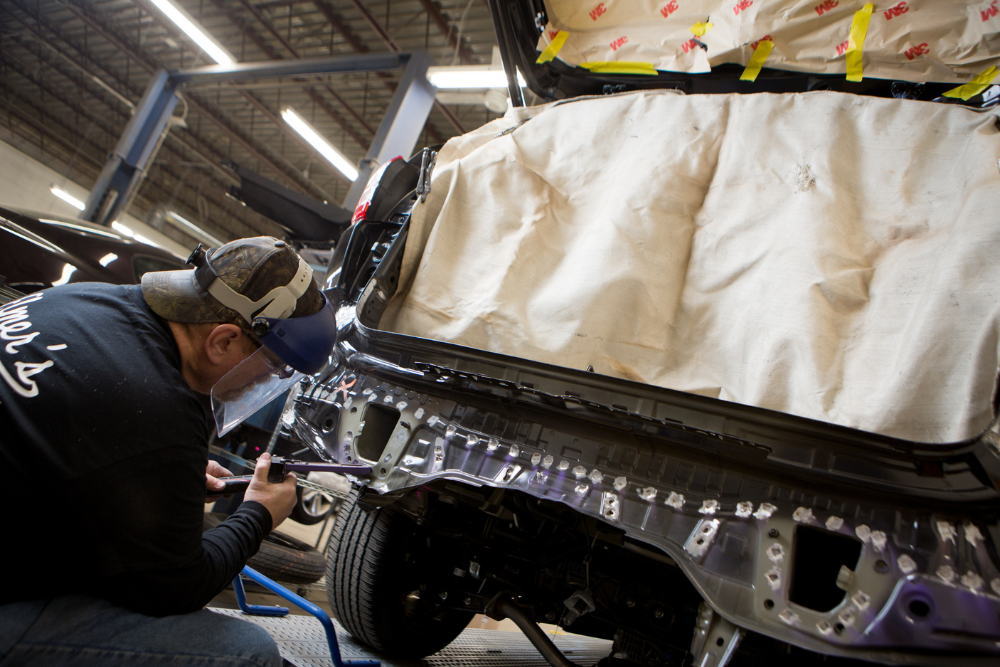Even a minor car accident can be a stressful and scary experience. You might be shaken, confused, or angry at the other driver. However, it is important to stay calm and follow some basic steps to protect yourself and your rights. Here are the steps to take immediately after a minor car accident in Gloucester County, NJ.
Key takeaways
- A minor car accident can be a stressful and scary experience, but you should stay calm and follow some basic steps to protect yourself and your rights.
- You should check for injuries and call 911, move to a safe location and turn on your hazard lights, exchange information with the other driver, take pictures and gather witnesses, and contact your insurance company and a lawyer.
- Elmers Auto Body can help you with your car repair, insurance claim, and legal case. We are the trusted auto body shop and legal team in Gloucester County, NJ.
Comparison table
| Service | Elmers Auto Body | Other Auto Body Shops |
| Car Repair | Quality work, lifetime warranty, latest technology | Varies |
| Insurance Claim | Free consultation, no-win-no-fee agreement, 24/7 support | Varies |
| Legal Case | Experienced car accident lawyer, proven track record, loyal customer base | Varies |
1. Check for injuries and call 911
The first thing to do after a minor car accident is to check yourself and your passengers for any injuries. If anyone is hurt, call 911 and request medical assistance. Even if you think you are not injured, you should still call 911 and report the accident to the police. A police report can be a valuable piece of evidence for your insurance claim or legal case. The police will also help you exchange information with the other driver and document the scene of the accident.
2. Move to a safe location and turn on your hazard lights
If your car is drivable and blocking traffic, you should move it to a safe location, such as the shoulder of the road or a nearby parking lot. If your car is not drivable, or if moving it would cause more damage, you should stay inside and turn on your hazard lights. This will alert other drivers and prevent further collisions. You should also put on your seat belt and wait for the police to arrive.
3. Exchange information with the other driver
While you are waiting for the police, you should exchange information with the other driver involved in the accident. You should get their name, address, phone number, driver’s license number, license plate number, and insurance information. You should also note the make, model, and color of their car. You should not admit fault, apologize, or argue with the other driver. Just be polite and cooperative, and let the police and the insurance companies determine who is liable.
4. Take pictures and gather witnesses
Another important step to take after a minor car accident is to take pictures of the scene and gather witnesses. You should use your phone or camera to take photos of the damage to your car and the other car, the position of the vehicles, the road conditions, the traffic signs, and any skid marks or debris. You should also look for any witnesses who saw the accident and get their names and contact information. These photos and witnesses can help you prove your case and support your claim.
5. Contact your insurance company and a lawyer
The final step to take after a minor car accident is to contact your insurance company and a lawyer. You should report the accident to your insurance company as soon as possible and give them the details of the incident and the information of the other driver. You should also contact a lawyer who specializes in car accident cases and get their advice on how to proceed. A lawyer can help you protect your rights, negotiate with the insurance company, and get the compensation you deserve.
If you are looking for a reliable and experienced car accident lawyer in Gloucester County, NJ, you should contact Elmers Auto Body. We are the trusted auto body shop and legal team in the area, with over 40 years of experience in the industry. We can help you with your car repair, insurance claim, and legal case. We offer free consultations, no-win-no-fee agreements, and 24/7 support. Call us today at (856) 218-0202 or visit our website to schedule an appointment. We are here to help you.

